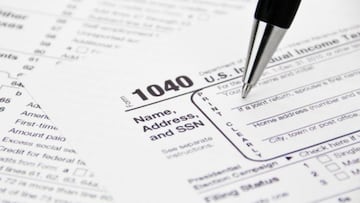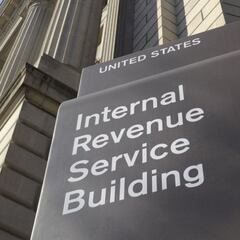Taxpayers who can file their taxes to the IRS on January 12: the income limit to submit 2023 tax returns
The 2024 tax season officially kicks off 29 January but some taxpayers will have a chance to get their 2023 filing in earlier. Here’s who qualifies and how…

The Internal Revenue Service has announced the official start date for the 2024 tax season. The agency will begin accepting and processing 2023 tax returns on Monday 29 January. Taxpayers will have twelve weeks to submit their filings and pay all their outstanding taxes.
But why wait? If you are expecting a refund, the sooner you turn in your tax return, the sooner you could see that money show up in your bank account. For certain filers, they could see their refund just three weeks after the IRS starts processing returns. Here’s how…
Taxpayers who can file their taxes to the IRS on January 12: the income limit to submit 2023 tax returns
While the official start is 29 January, certain taxpayers can submit their 2023 tax returns over two weeks earlier. The IRS Free File program will open for business on Friday 12 January 2024. This is a program run in conjunction with participating software companies which will accept completed filings and then hold onto them until they can be filed electronically to be processed by the IRS.
Have a tax law question? Here’s a #FriendlyReminder that with the #IRS Interactive Tax Assistant you can quickly find reliable answers. See: https://t.co/5OdM6EQEKl pic.twitter.com/POzth0nkeC
— IRSnews (@IRSnews) January 9, 2024
Around 70 percent of American taxpayers are eligible to use the program. However, only around 3 percent of filers use the service. This year the income threshold to use the service for any taxpayer or family is an Adjusted Gross Income of $79,000 or less.
Related stories
Starting 29 January 2024, Free File Fillable forms will be available to taxpayers at any income level. The IRS will provide at no cost, for those that want to fill out their tax forms and e-file themselves, the necessary electronic forms.
As well this year, the IRS is rolling out a new pilot program Direct File which will allow eligible taxpayers to file their 2023 tax returns directly with the agency. The program will be available only to certain filers in select states but will be rolled out in phases and the IRS expects it to be widely available in mid-March.


